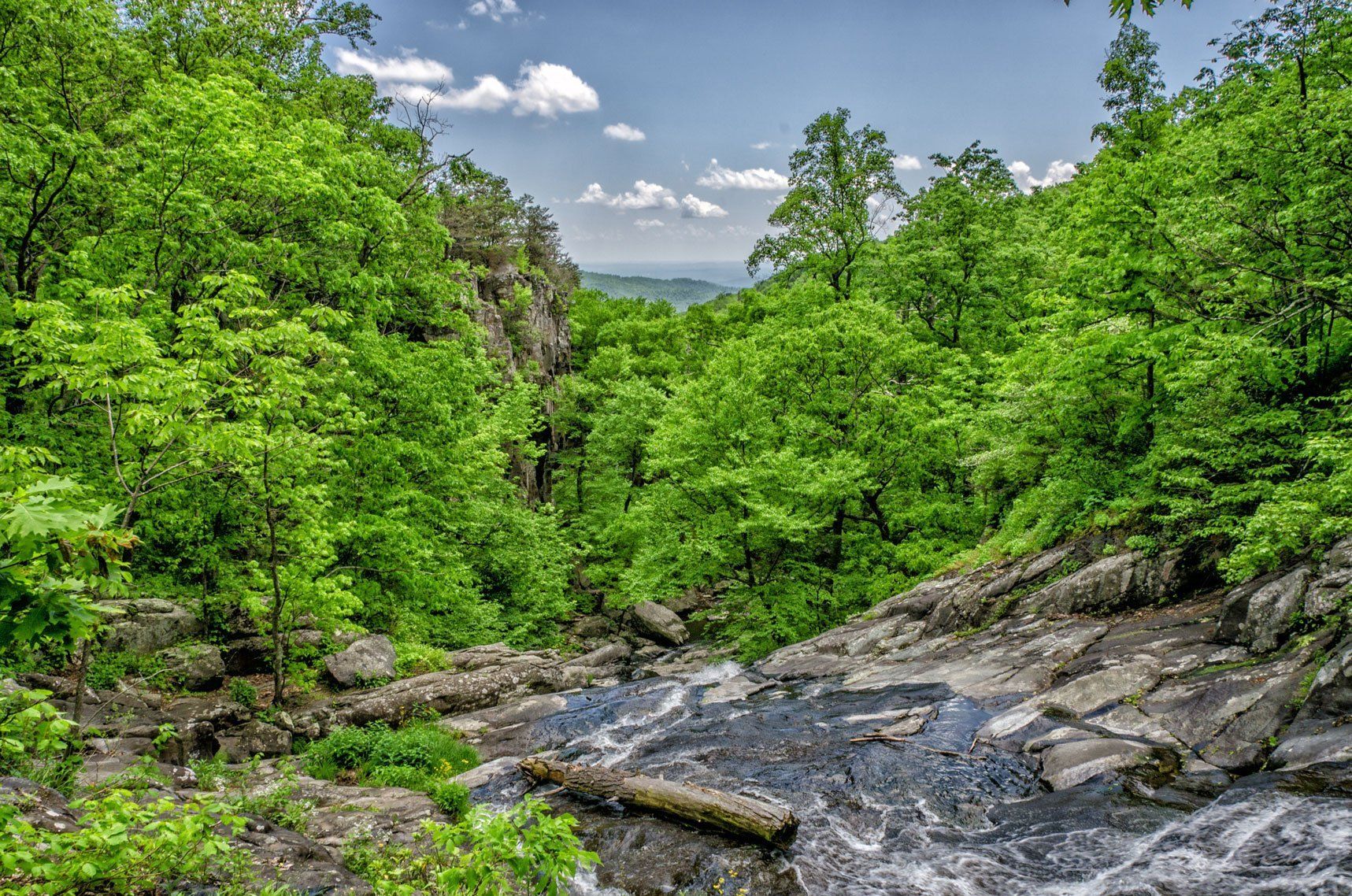The Green Guardians: Top 10 Reasons Trees Benefit the Goldsboro Community
The Green Guardians: Top 10 Reasons Trees Benefit the Goldsboro Community

Trees are the silent, green guardians of our communities, providing a wide range of benefits that often go unnoticed. Beyond their aesthetic appeal, trees play a vital role in enhancing the well-being of our neighborhoods, cities, and the environment as a whole. In this blog post, we'll explore the top 10 reasons why trees are essential and how they positively impact our communities.
- Improved Air Quality
Trees act as natural air purifiers, absorbing carbon dioxide and releasing oxygen. They also filter out harmful pollutants, making the air cleaner and healthier for residents. This is especially crucial in urban areas where air pollution can be a major concern.
- Climate Mitigation
Trees contribute to climate change mitigation by absorbing and storing carbon. They help combat the urban heat island effect, lowering temperatures in cities and reducing energy consumption for cooling, which ultimately lowers greenhouse gas emissions.
- Enhanced Aesthetics and Property Values
Trees beautify our communities, making them more visually appealing. Streets lined with trees and well-landscaped parks increase property values and attract residents and businesses to the area, which can stimulate economic growth.
- Reduced Energy Consumption
Strategically placed trees provide shade during the hot summer months, reducing the need for air conditioning. This not only saves money for homeowners but also reduces the strain on local power grids and lowers energy consumption.
- Stormwater Management
Trees help manage stormwater runoff by absorbing and slowing the flow of rainwater. Their root systems prevent erosion and filter contaminants, reducing the risk of flooding and improving water quality in nearby streams and rivers.
- Wildlife Habitat
Trees provide critical habitat for wildlife, offering shelter, nesting sites, and a source of food. A diverse urban tree canopy can support a wide array of birds, insects, and mammals, contributing to local biodiversity.
- Noise Reduction
The leaves and branches of trees act as natural sound barriers, absorbing and diffusing noise pollution. This makes urban areas quieter and more pleasant to live in.
- Mental and Physical Health Benefits
Studies have shown that exposure to nature and green spaces, including trees, can reduce stress and anxiety, improve mood, and enhance overall mental well-being. Green areas with trees also encourage physical activity and healthier lifestyles.
- Community Bonding
Trees often serve as gathering places within a community. Whether it's a picnic under a canopy of leaves, a tree-lined street for a neighborhood block party, or a tranquil spot in a park, trees foster a sense of community and connection among residents.
- Educational and Recreational Opportunities
Trees offer numerous educational and recreational opportunities for communities. Arbor Day celebrations, tree planting events, and tree-related educational programs engage people of all ages in learning about the environment and sustainable practices.
Conclusion
The benefits of trees in our communities are vast and profound. From purifying the air we breathe to providing a haven for wildlife and offering recreational spaces, trees are integral to the well-being and prosperity of our neighborhoods. It's our collective responsibility to protect and preserve these green guardians for the present and future generations. By recognizing the value of trees in our communities and taking steps to care for them, we can ensure a more vibrant, sustainable, and resilient future for all. So, the next time you walk past a tree-lined street or enjoy the shade of a majestic oak in your local park, remember the incredible contributions of these green sentinels to our community.


